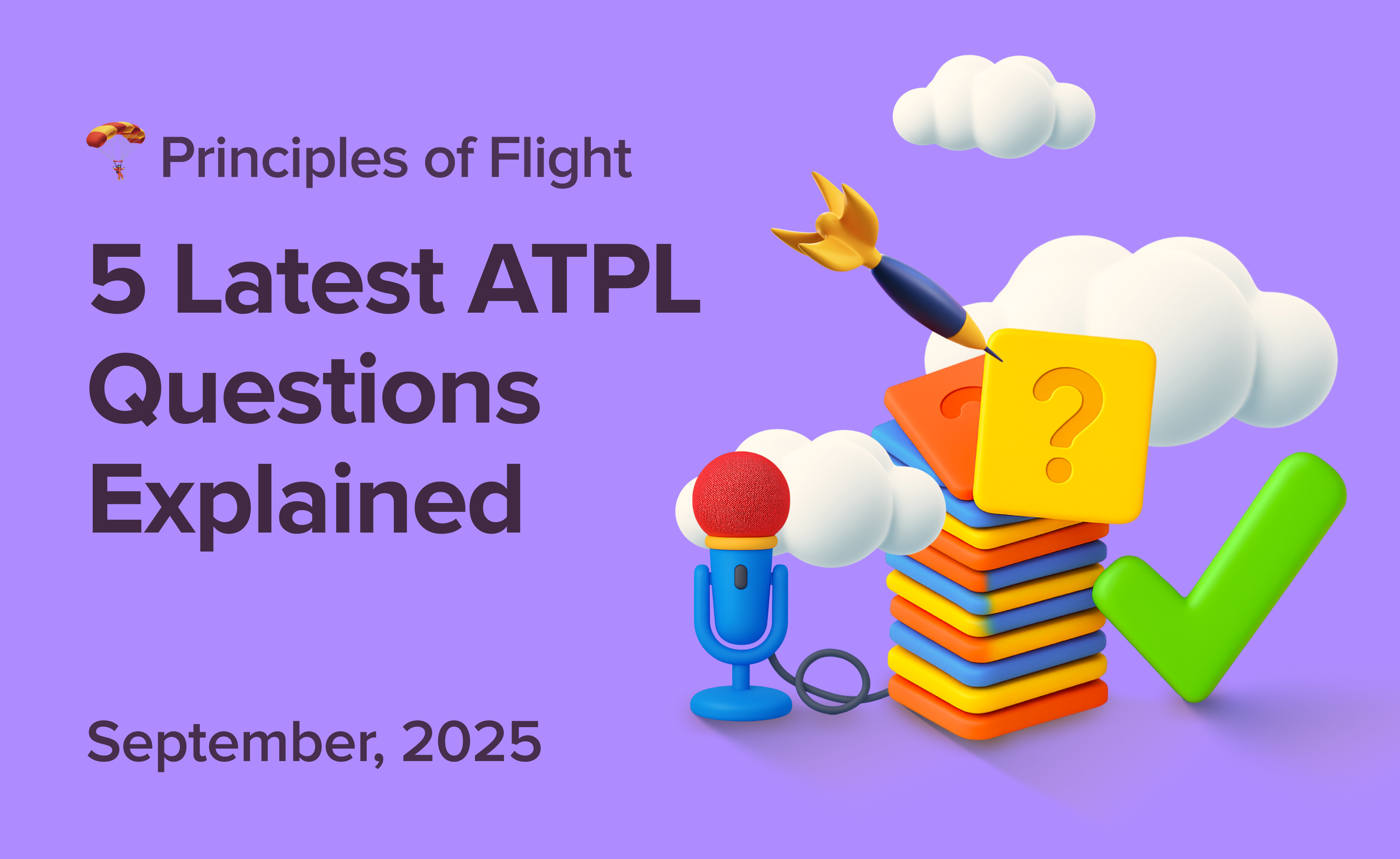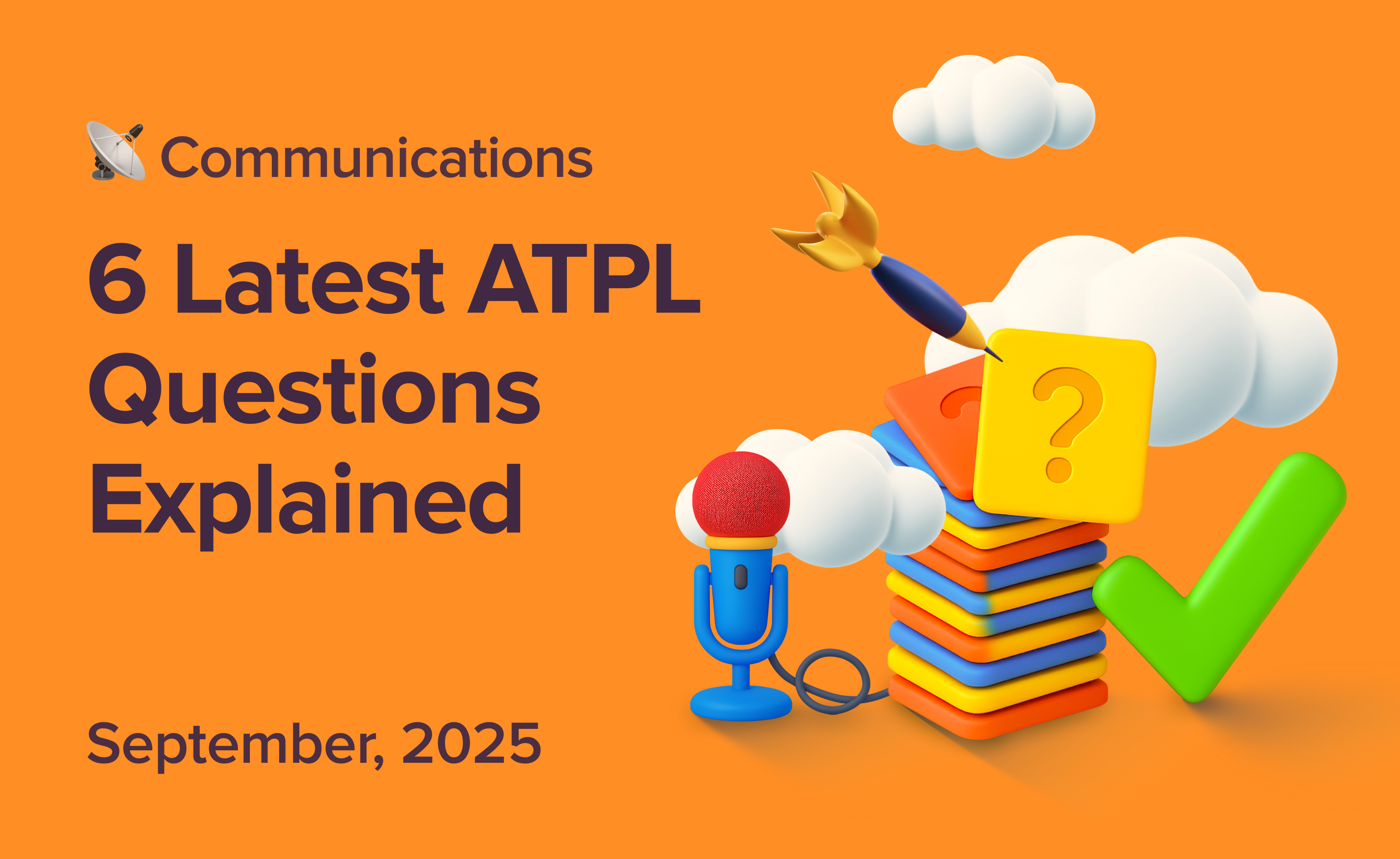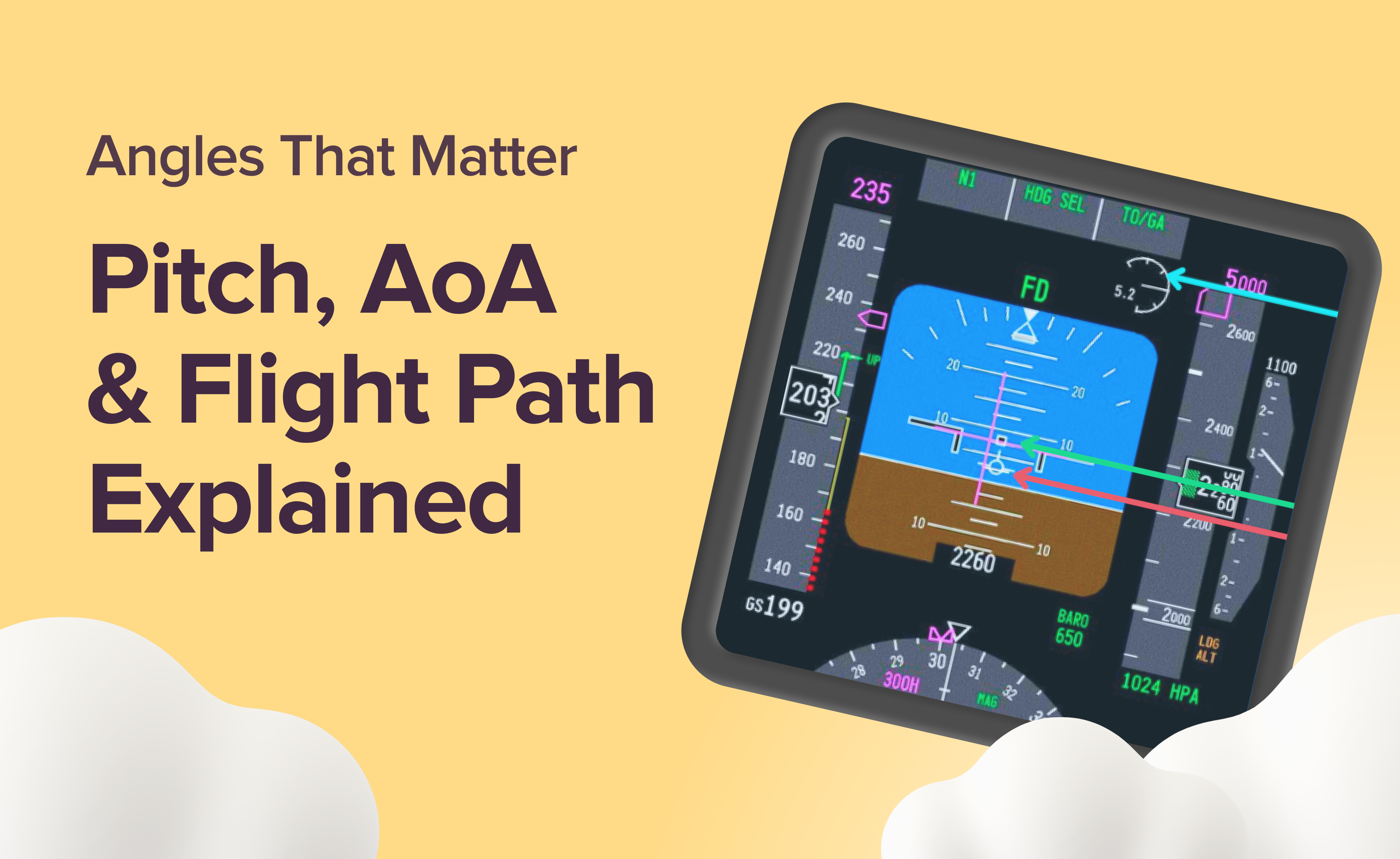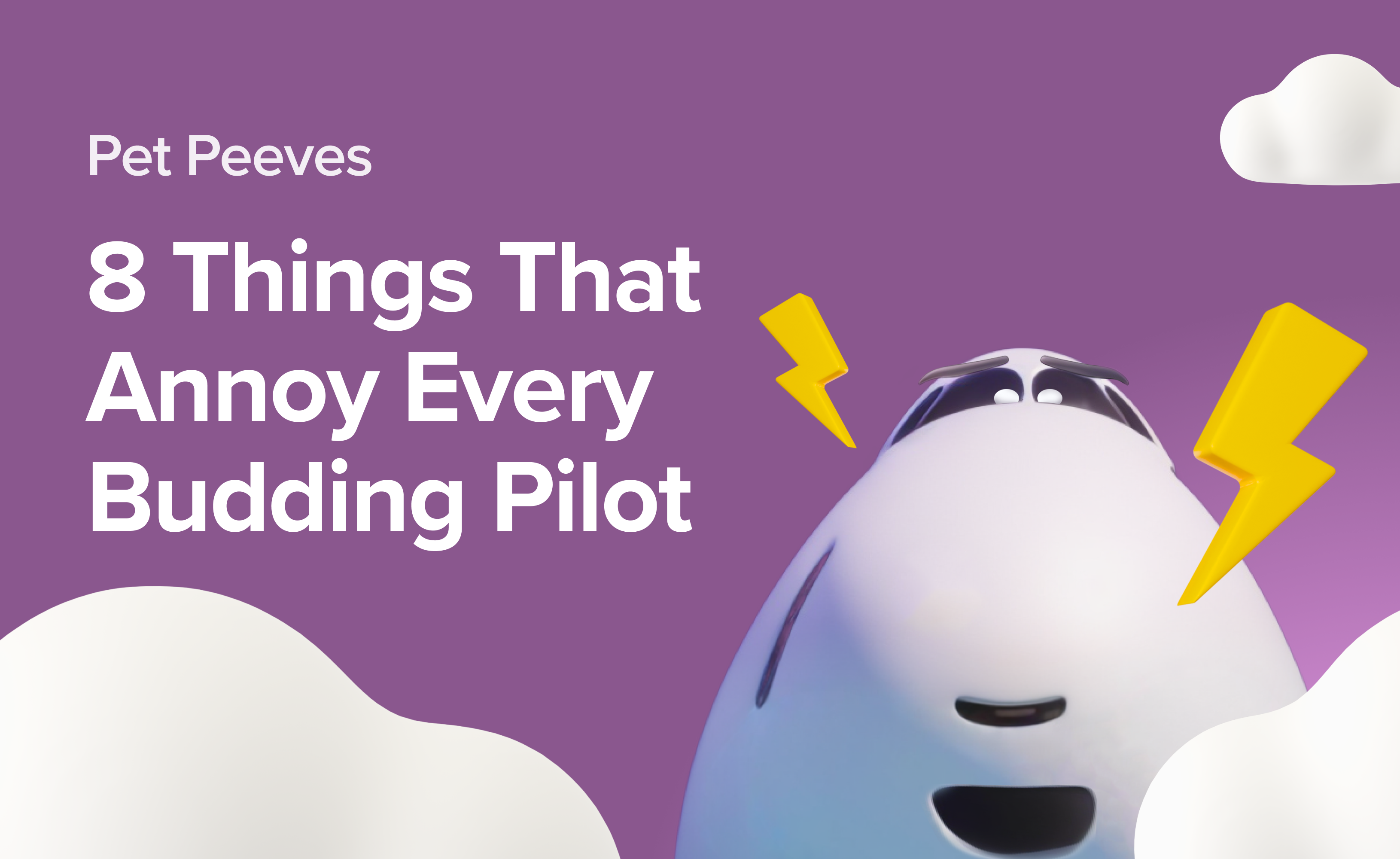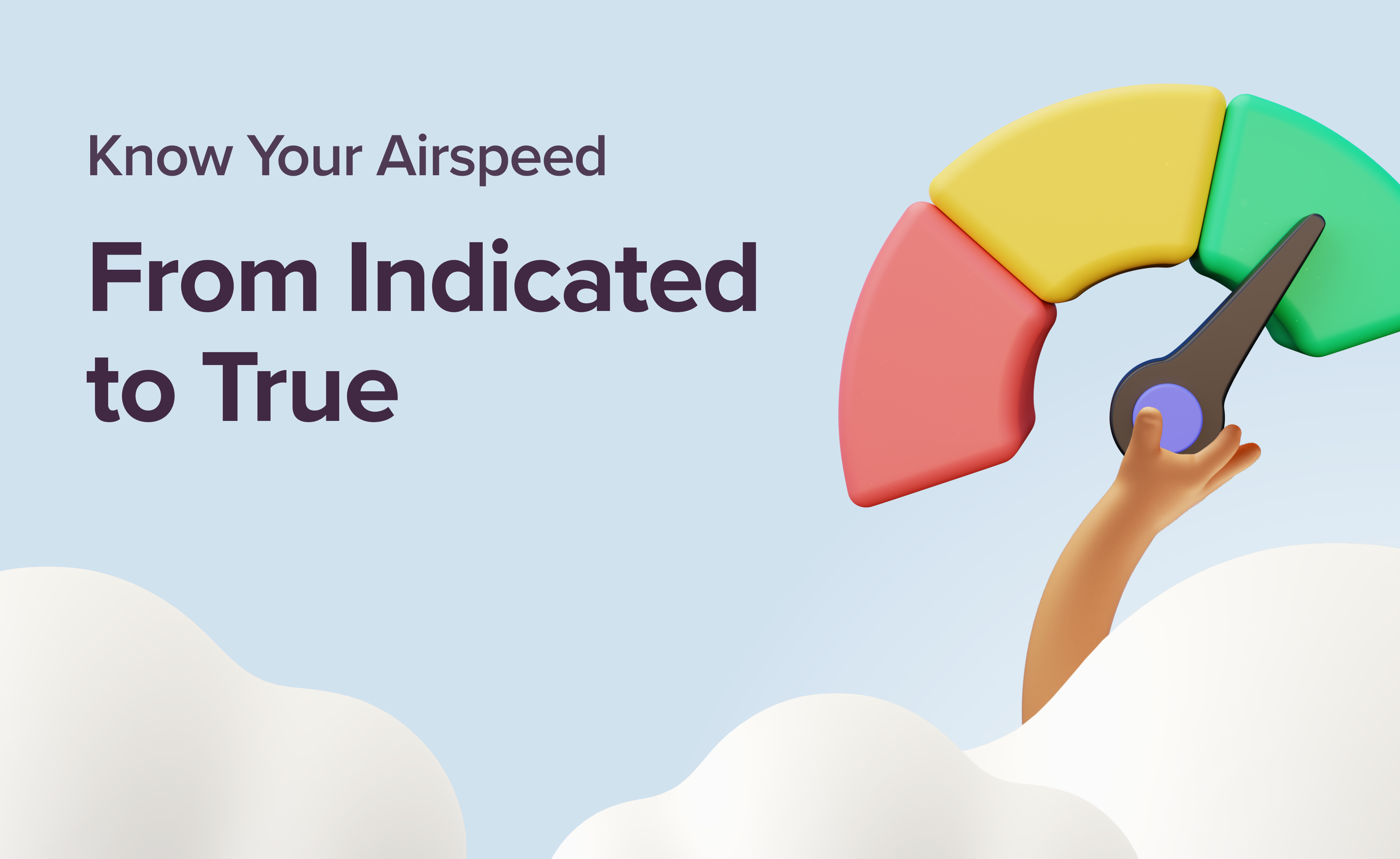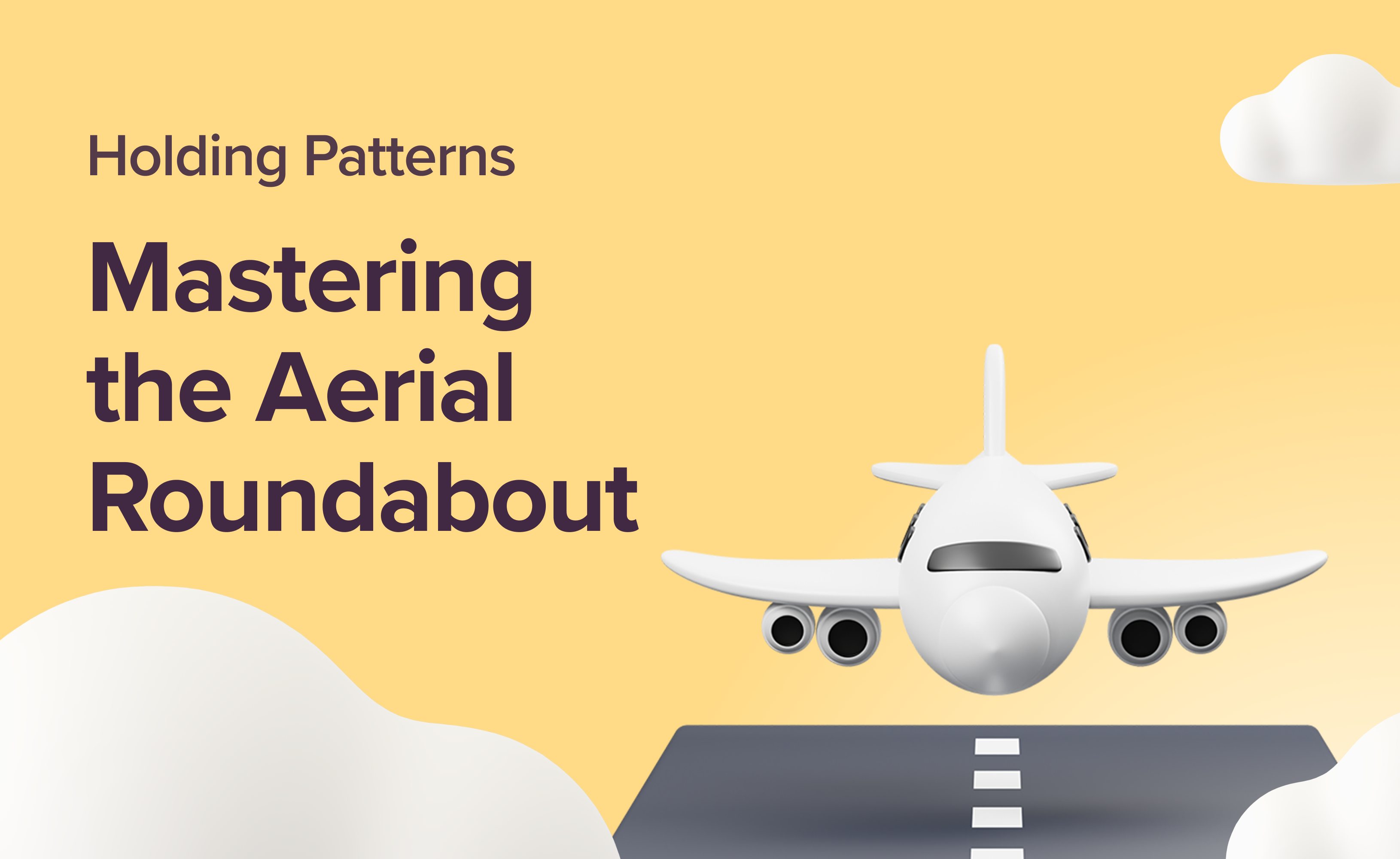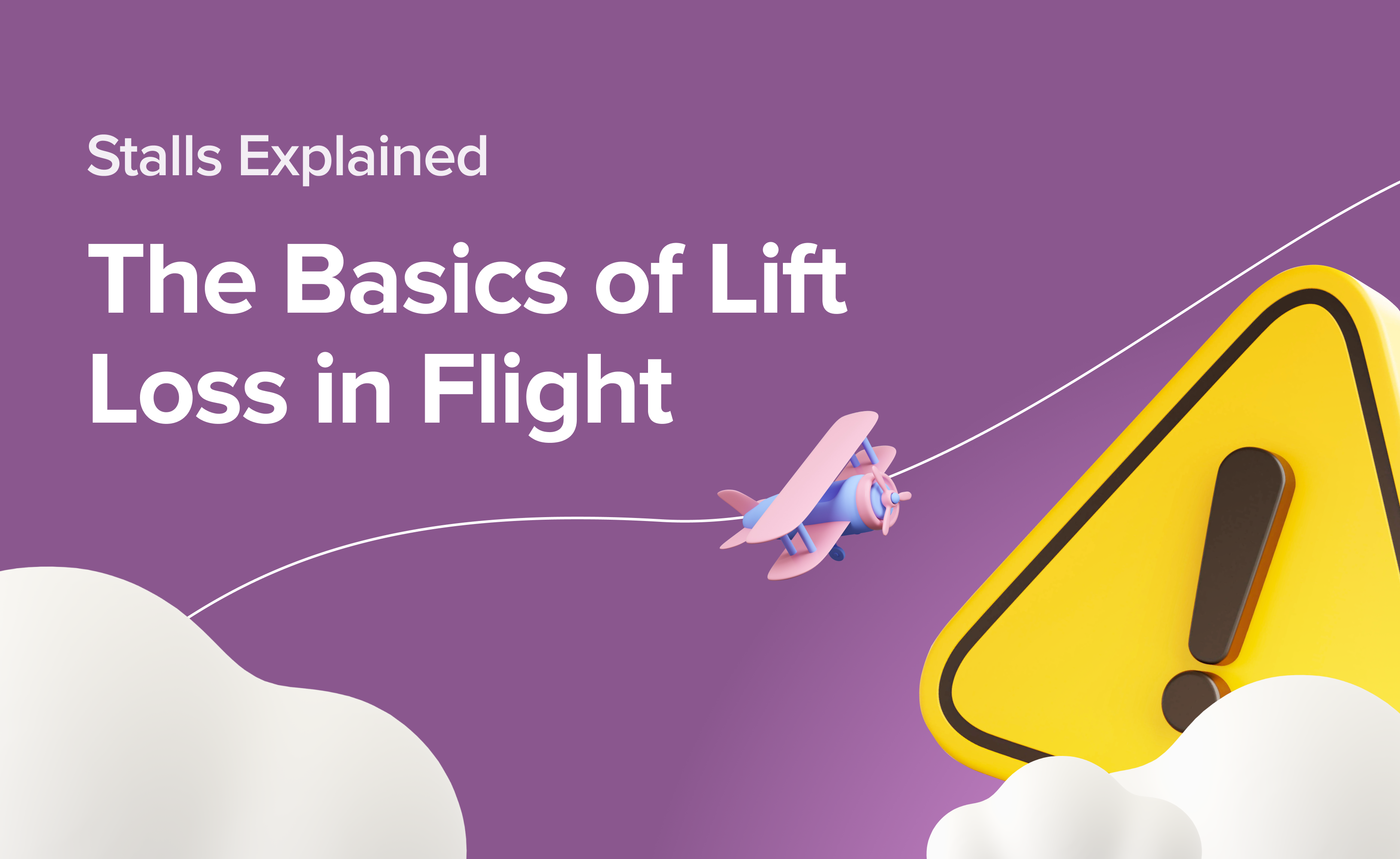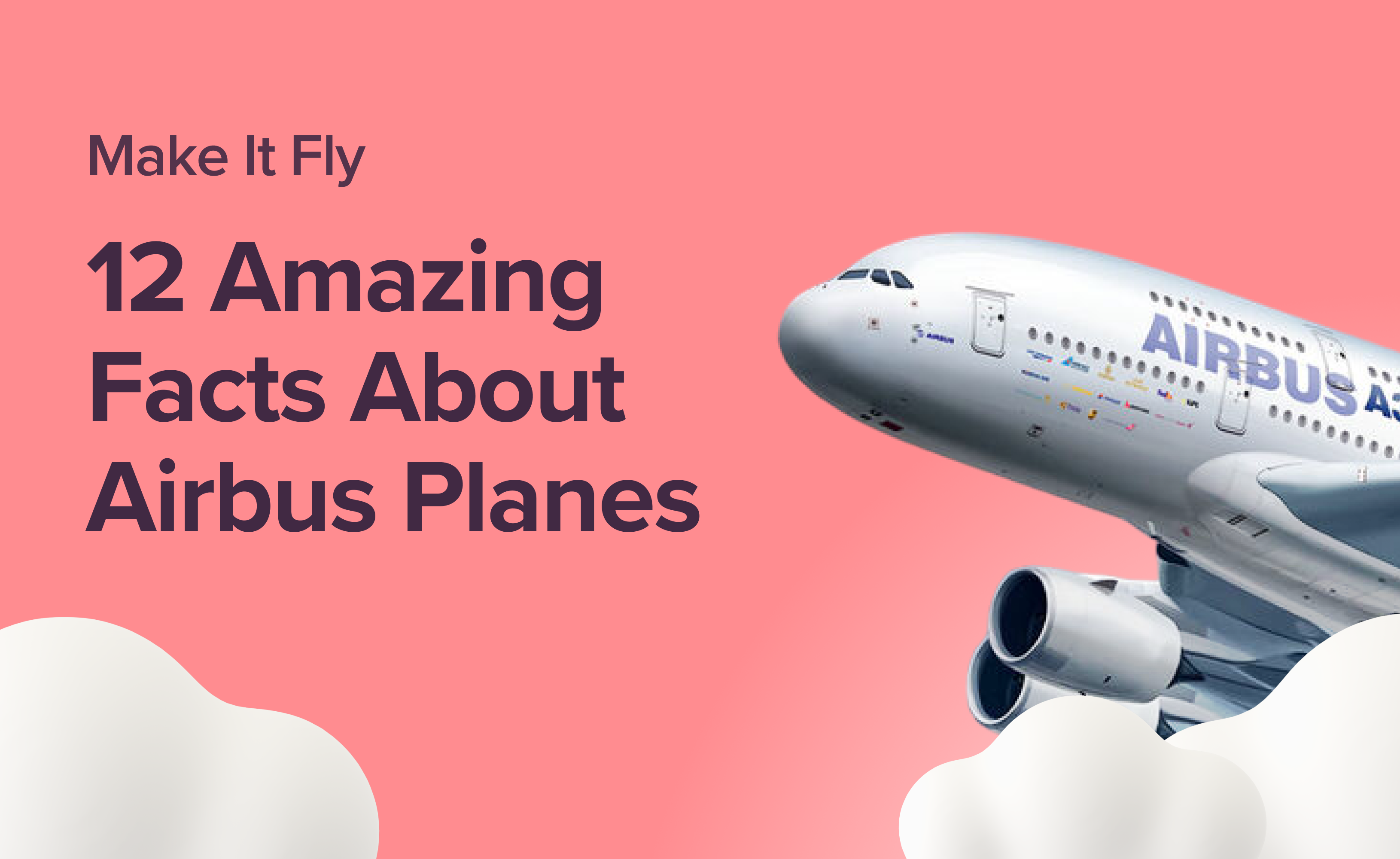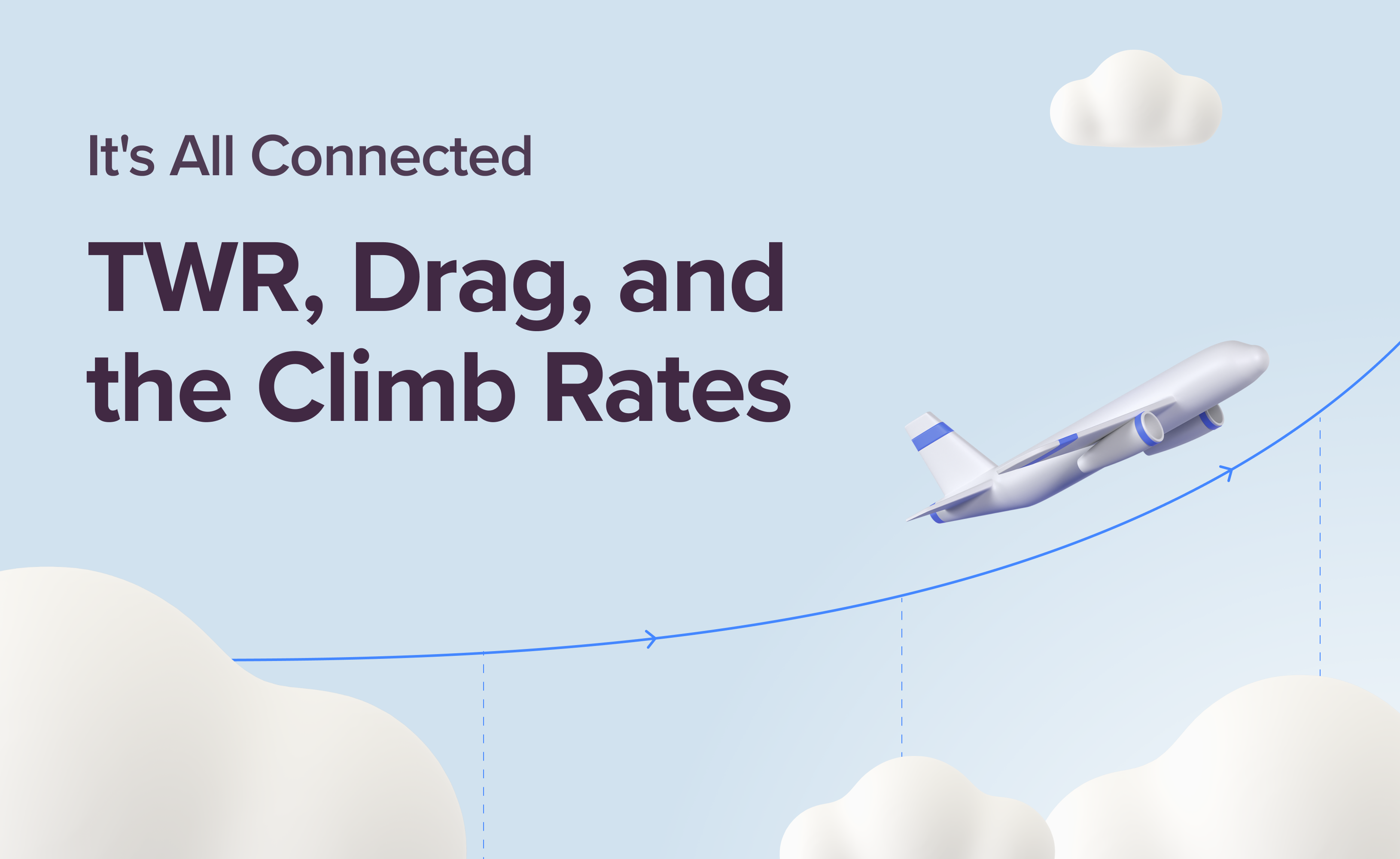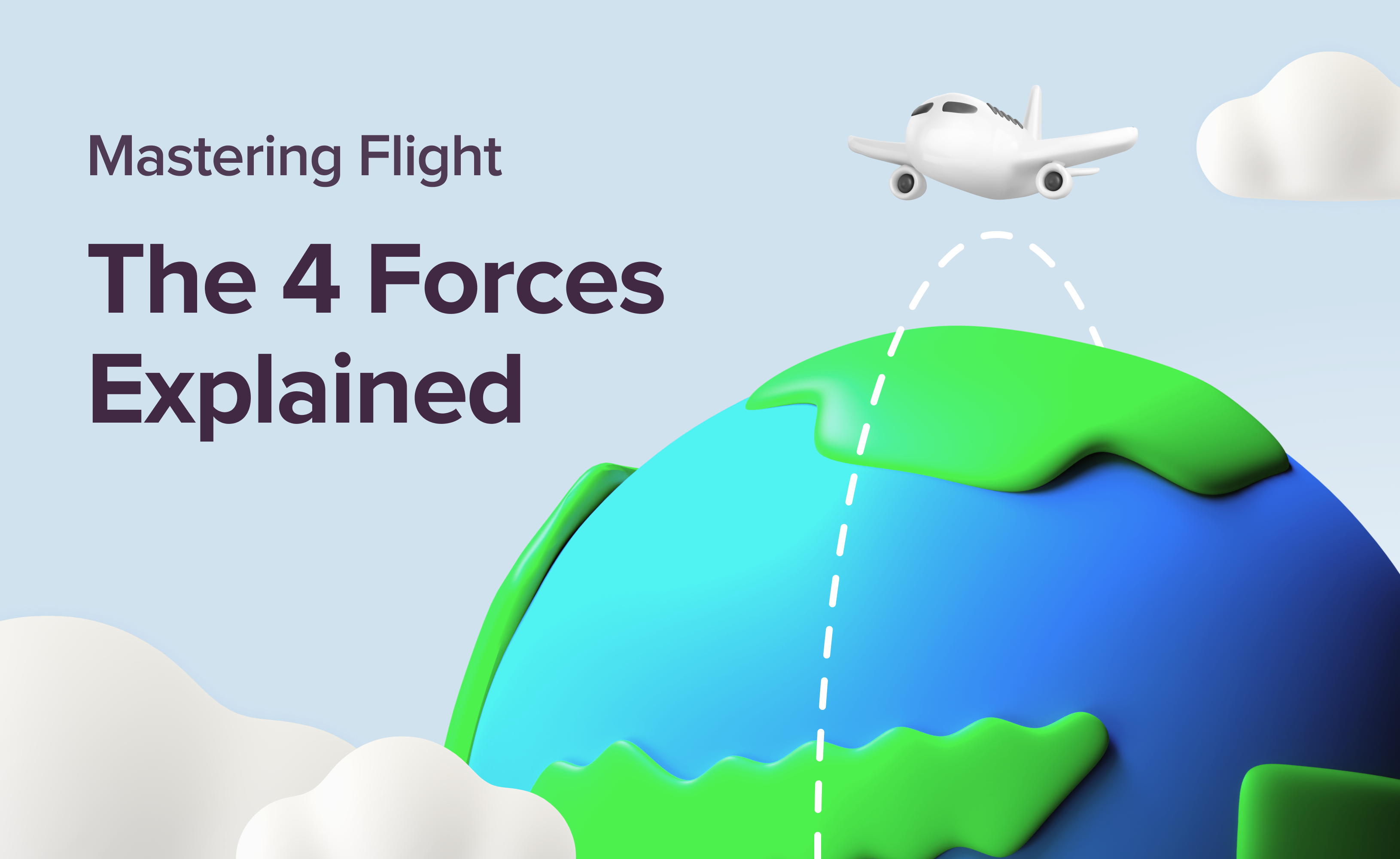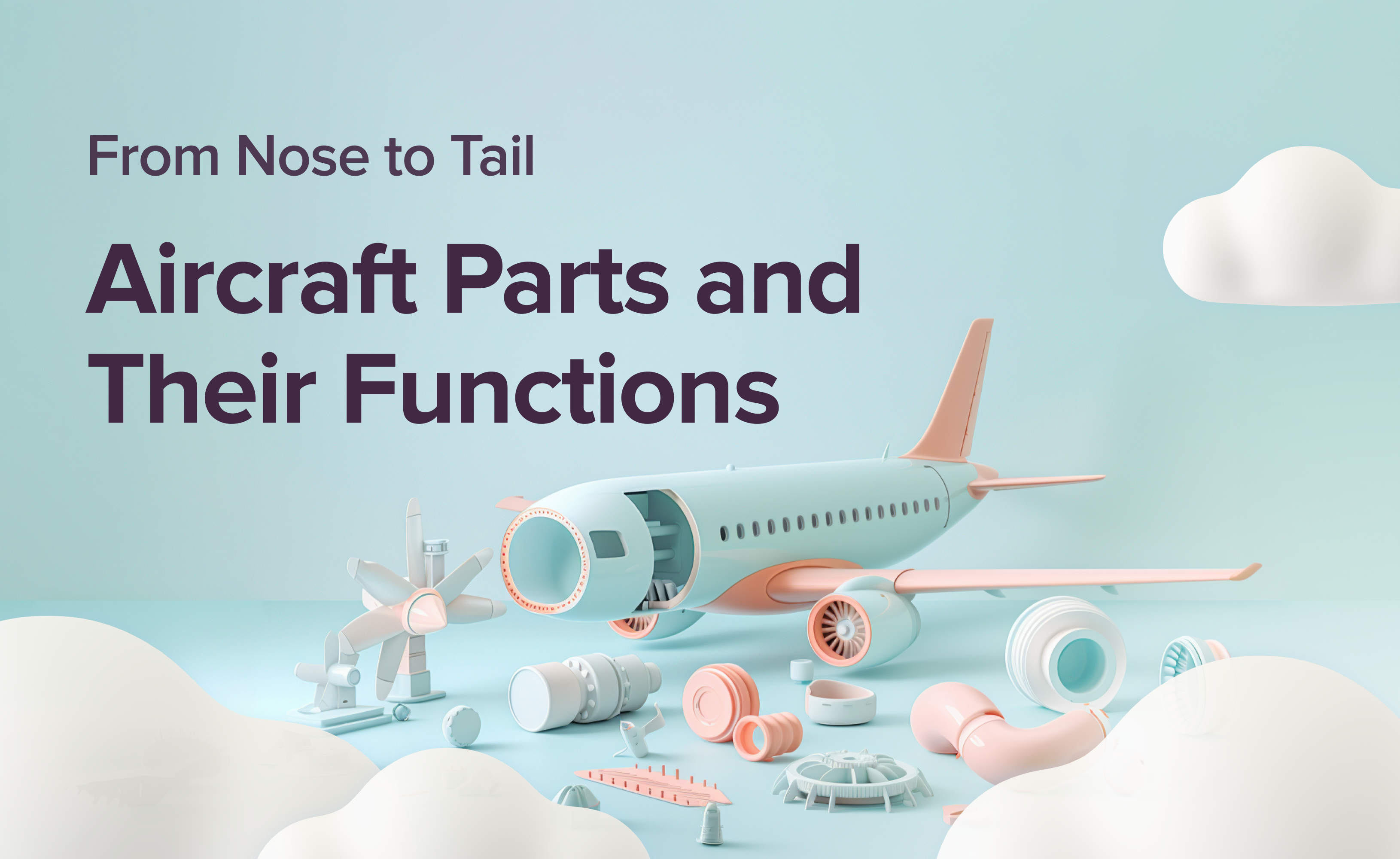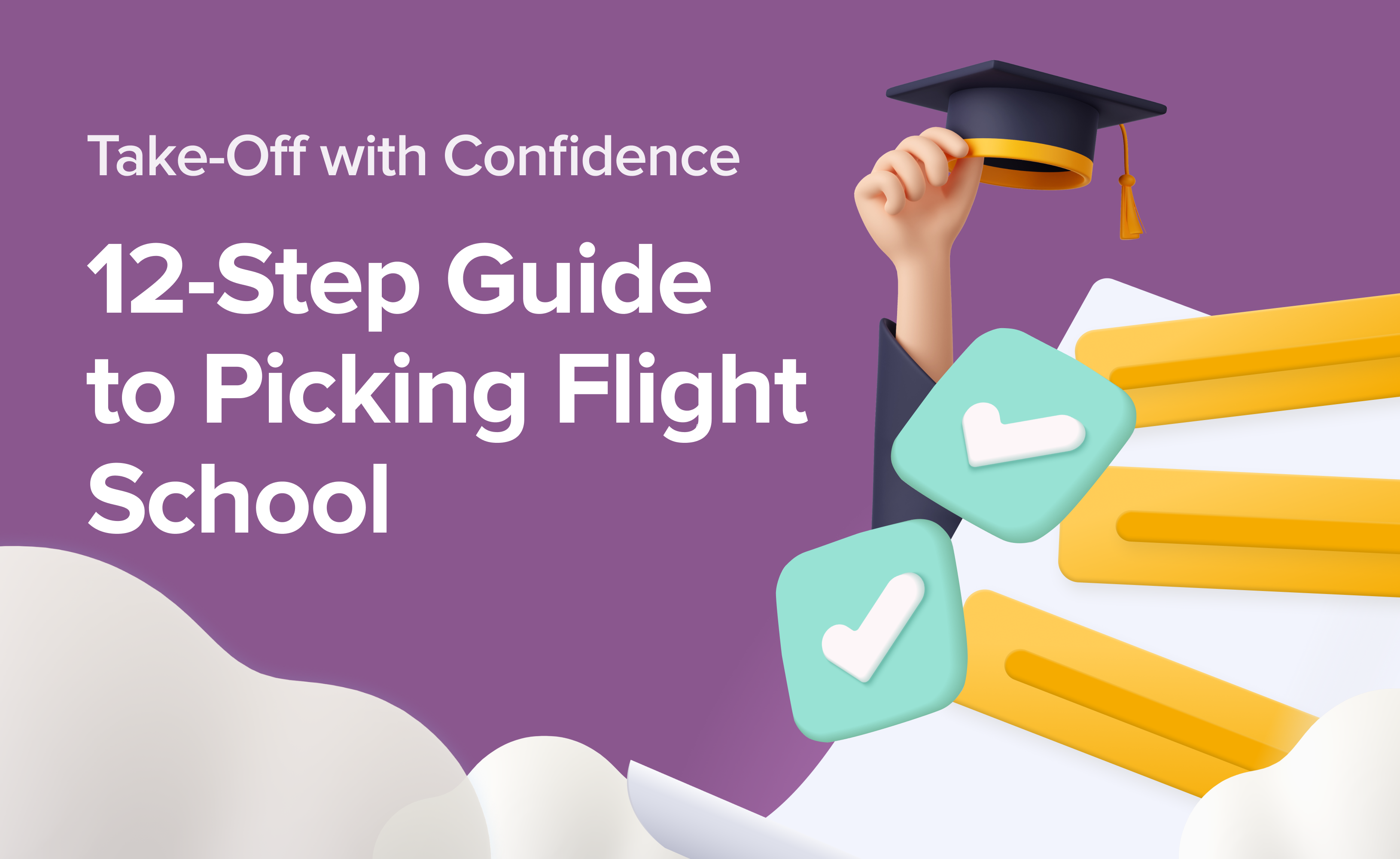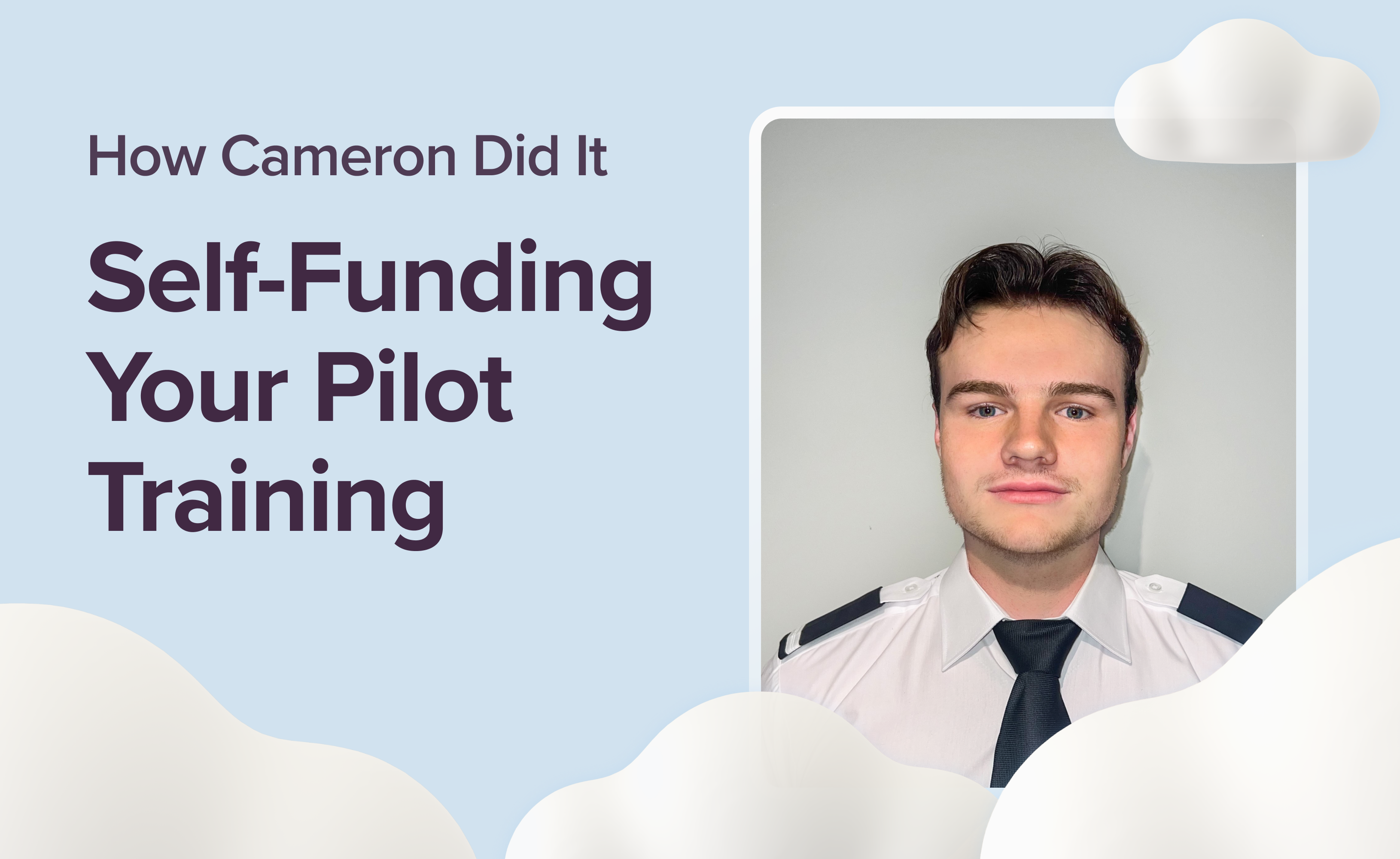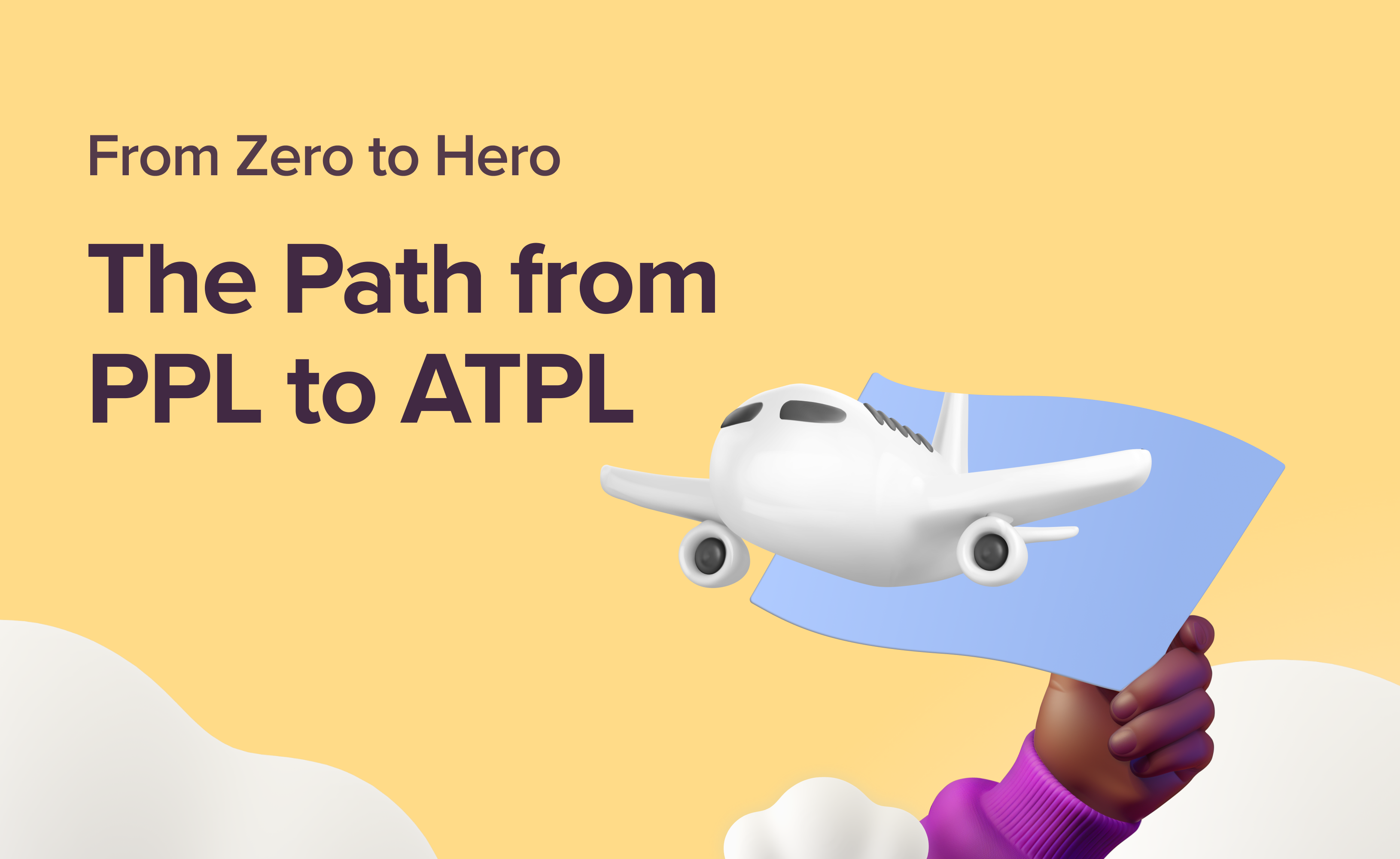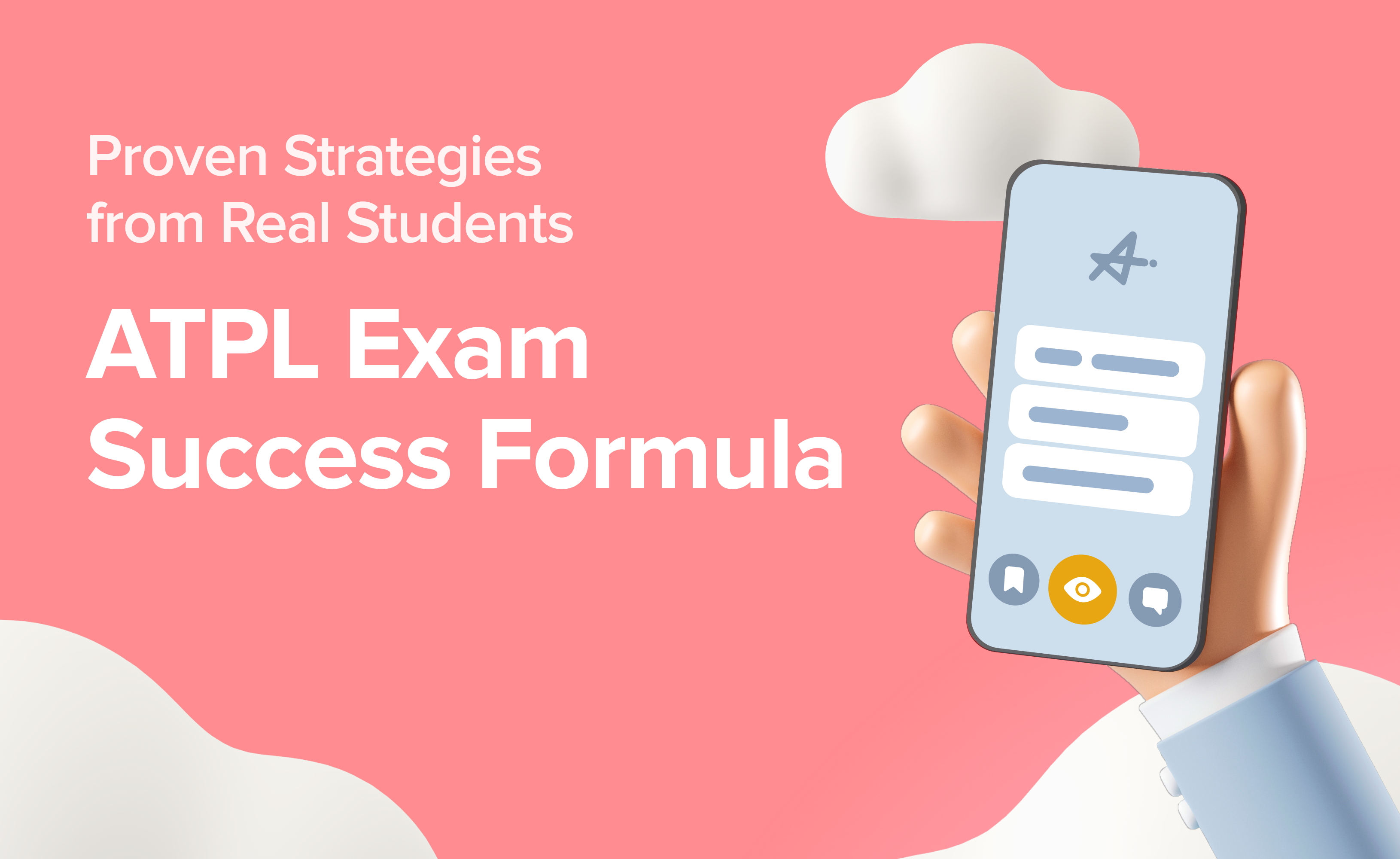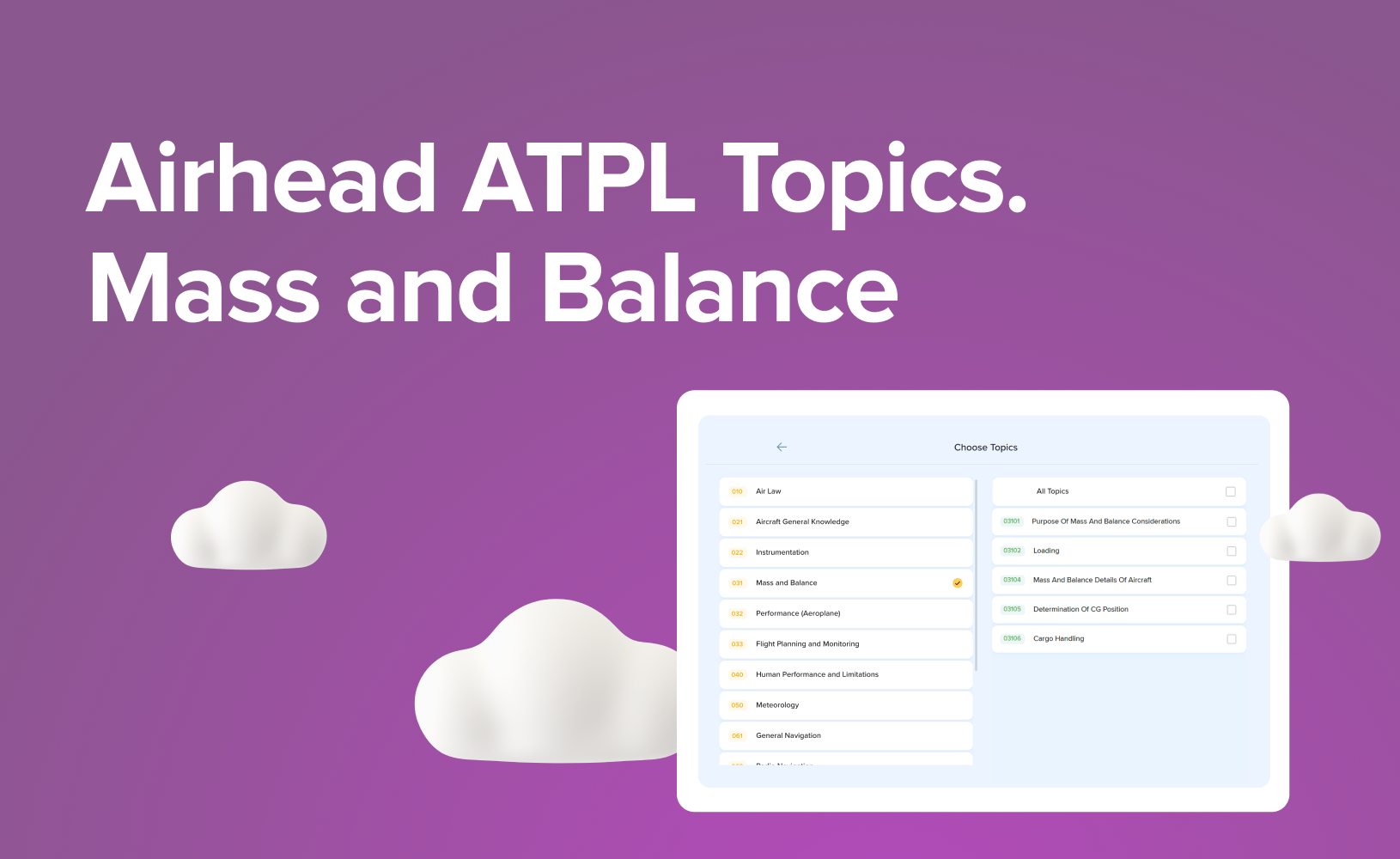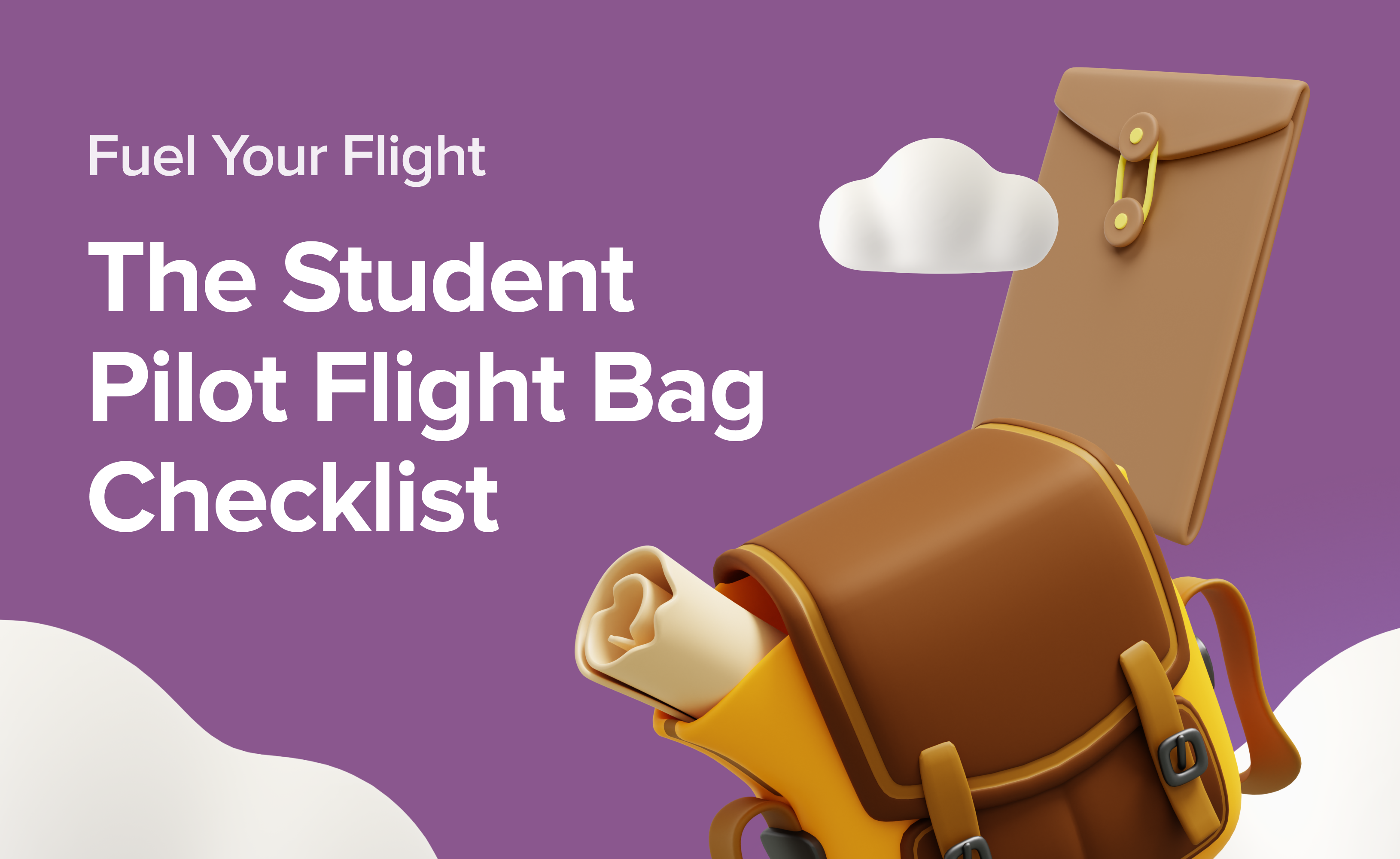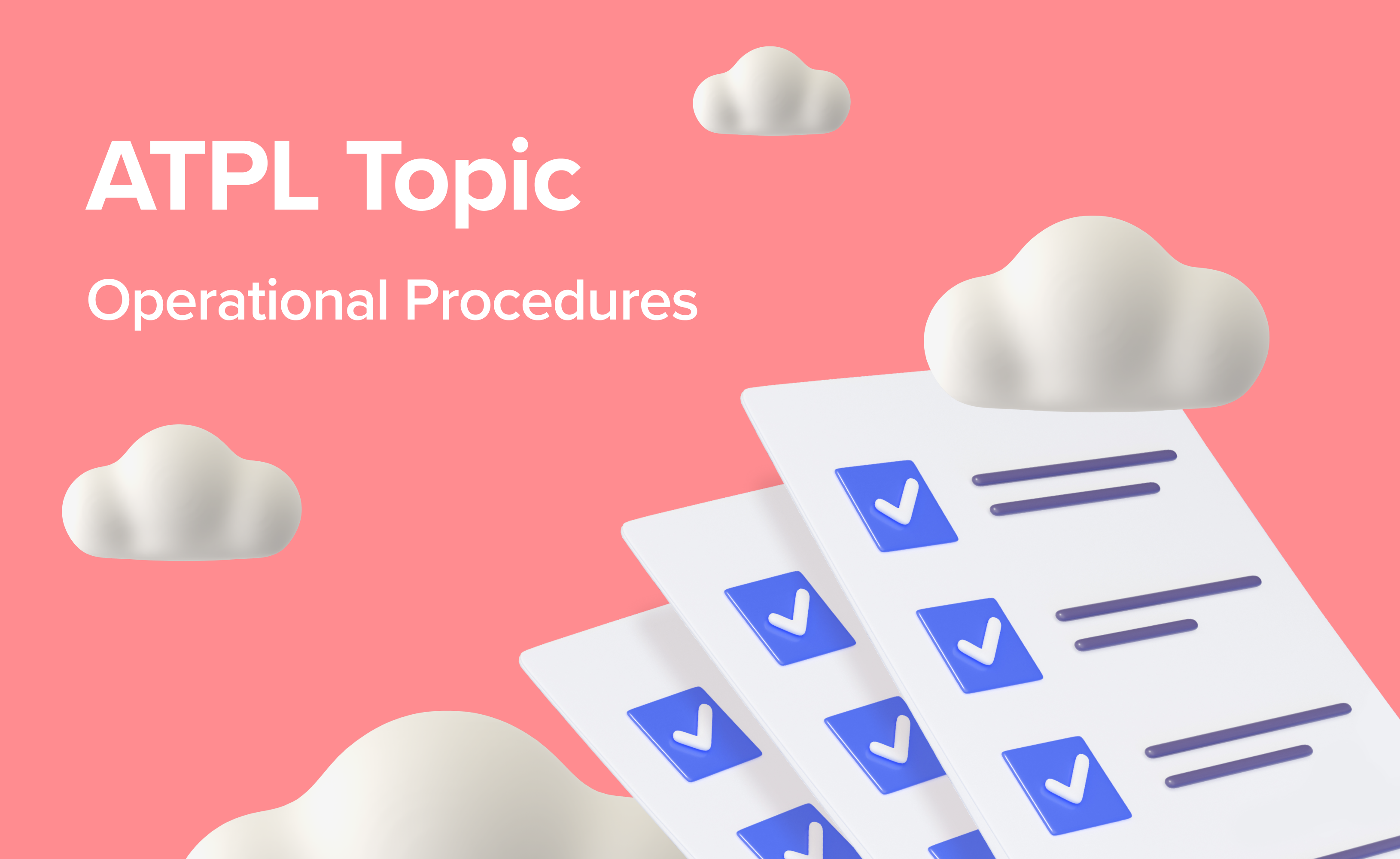The Path to Your First Solo Flight. What to Expect and How to Prepare
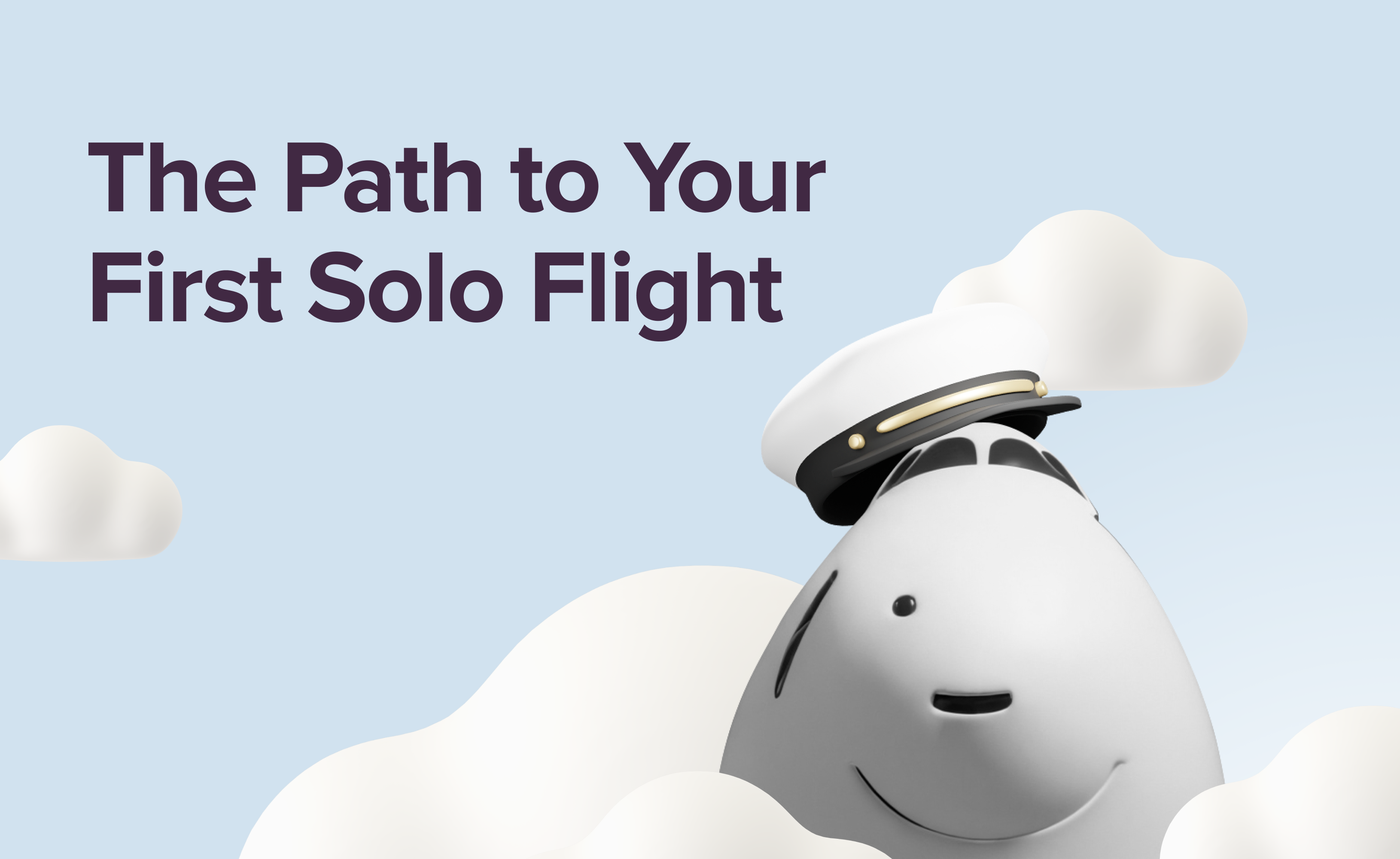
Your professional flight training begins with your inaugural flight, whether it's a discovery flight or your initial lesson, where you take control and experience the aircraft's motion for the first time. As you progress, you'll meet solo flight requirements, make independent command decisions, and demonstrate competence certified by your instructor. And this defining moment of your aviation career will remain an unparalleled memory.
Whether you achieve this significant milestone at the youngest legal age or later in life, the feeling of lifting off the runway as the sole pilot of your training aircraft – yes, you read that right, the instructor's seat is empty – is guaranteed to bring a smile, every single time.
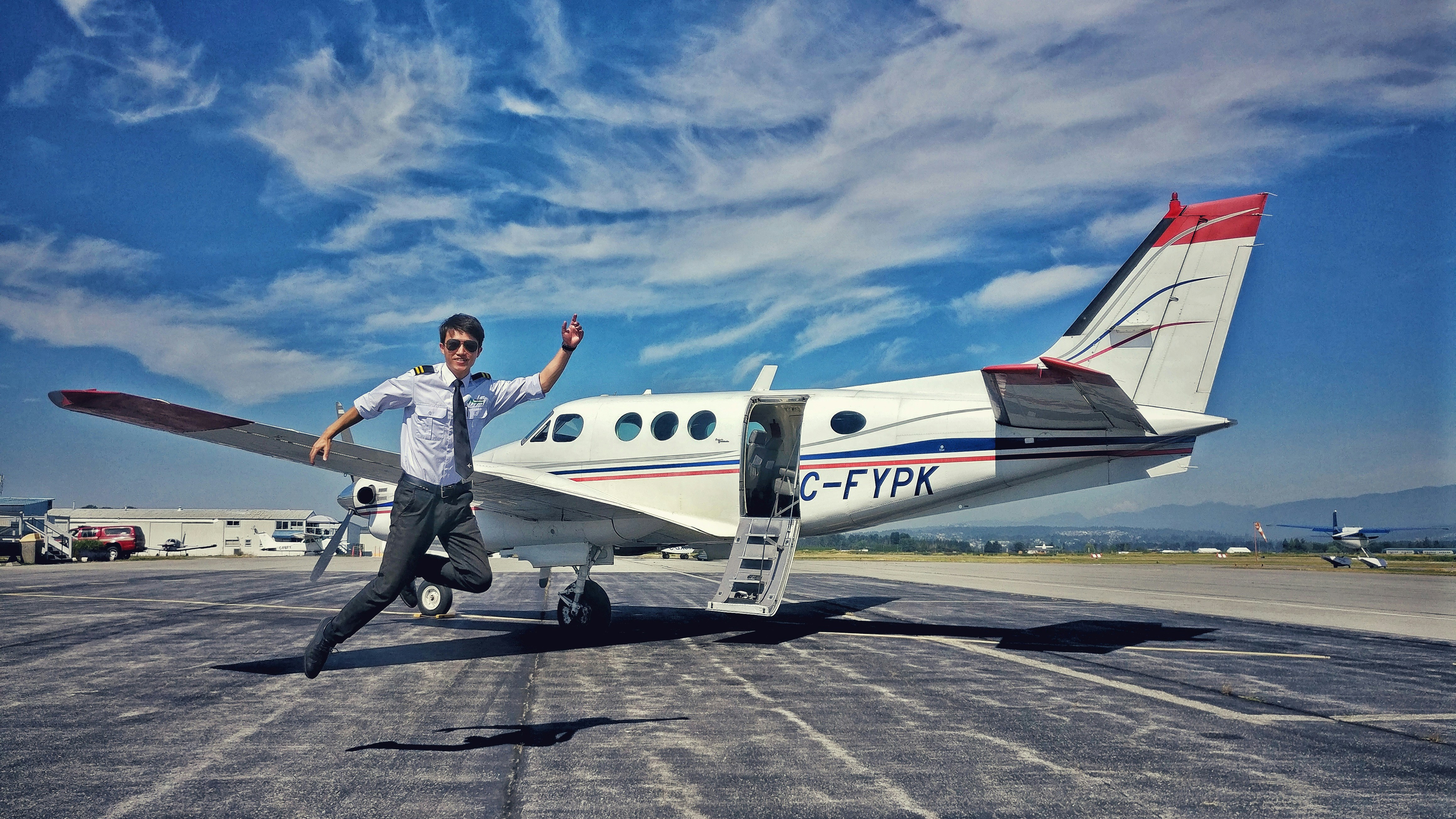
If your first solo flight is on the horizon, your heart might be racing with excitement, while your thoughts swirl with questions. How will you know when you are ready? How does your instructor know you're ready? What can you expect on the day?
This short article is your one-stop shop for your first solo flight. We'll answer all your burning questions, from the instructor's decision-making process to what to expect during your unforgettable experience. Keep reading and get ready to take control of your aviation journey.
What Is The First Solo?

The first solo flight marks a big deal for a new aircraft pilot as they complete a take-off, a brief flight, and a safe landing unaccompanied. It's a testament to your hard work and dedication to learning the nuts and bolts of piloting, and while it might seem daunting, remember that every seasoned pilot has been exactly where you are now.
This stage, also known as soloing, distinguishes the solo pilot's role from other situations. They must demonstrate proficiency in flying and navigating the real flight and adeptly handle unforeseen challenges like mechanical issues or adverse weather conditions independently.
There is even a dedicated Wikipedia page chronicling its rich history and traditions. In some ground schools, instructors might douse the newly solo pilot with water after landing, representing the “baptism” of a new pilot. Sometimes, there's a celebratory meal or gathering with instructors and fellow students to mark the big day.
What Are The Requirements For Going Solo?

To fulfil UK CAA PPL requirements, you must complete a minimum of 45 hours of flight instruction in an aeroplane. 25 hours out of 45 involve dual flight instruction with an instructor, and 10 hours involve solo flights, with at least 5 hours dedicated to solo cross-country flights away from your base training airfield.
Flying lessons encompass various exercises from the syllabus, such as aircraft familiarisation, climbing, descending, turning, slow flight, and circuits. Subsequently, you'll progress to steep turns, emergency drills, and instrument flying, followed by dual and solo navigation tasks. Each lesson ends with a clearly outlined exercise for the next session. Initially, lessons last approximately an hour, but as you advance, you'll require two to three hours of actual flying time.

The majority of your training focuses on preparing for your Qualifying Cross Country solo flight—a triangular route covering at least 150 nautical miles, with landings at two different airfields. Following this, you'll undertake revision flying, a Mock Skills Test, and ultimately, the Skills Test—a practical flying examination lasting around 2.5 hours, evaluating general aircraft handling and navigation skills.
There's no legal obligation from EASA or UK CAA for a student to pass pre-exam school tests for theory before their first solo flight. However, a radio licence may be necessary due to laws other than aviation regulations. Student pilots practice under a student pilot certificate. Flight Instructors assess their readiness until the final pilot licence theory exam and skills test.
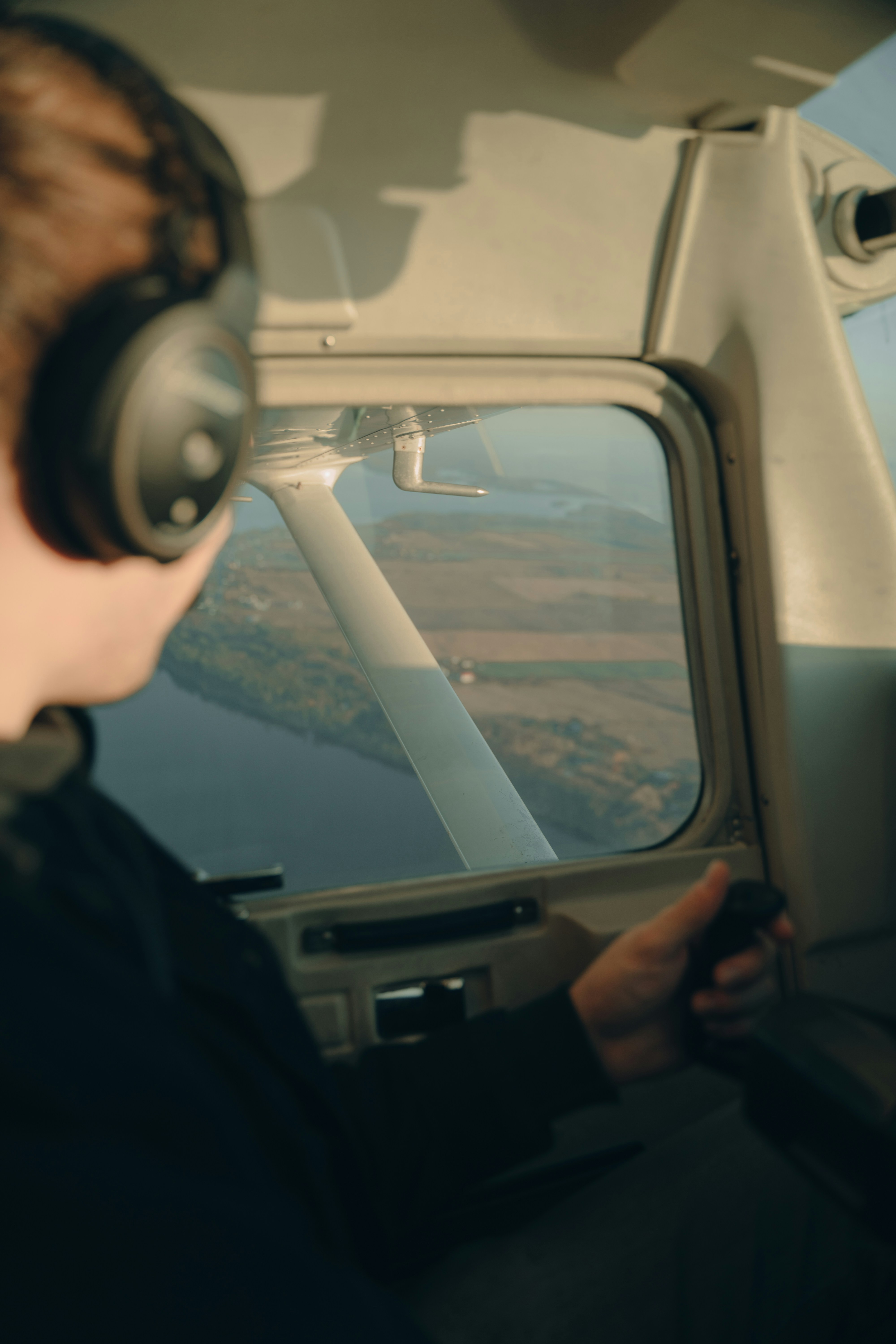
However, as you will see from this link, it is not a level playing field, with different nongovernmental organizations (NAAs) applying differing levels of restriction and regulation.
The final exam procedure for theory at CAA can occur at any point during flight training or upon completion. It's up to the student, guided by their instructor's advice, to plan when to undertake the exam once their theory study is complete.
What to Expect on Your First Solo?

The structure of pre-solo flight tests can vary slightly depending on the specific flight school and country regulations, but here's a general breakdown:
Ground Tests
Knowledge Assessment. This might involve written or oral exams to assess your understanding of aircraft systems, flight procedures, emergency procedures, and aviation regulations.
Pre-flight Procedures. You might be tested on your ability to properly pre-flight the aircraft, performing checks on various systems and ensuring everything is safe for flight.
Flight Tests
Basic Manoeuvres. The instructor will assess your ability to perform basic manoeuvres safely and smoothly, such as take-offs, climbs, descents, turns, stalls (in some cases), and landings (sometimes simulated).
Communication Skills. Your ability to communicate clearly and concisely with air traffic control will be evaluated.
Decision-Making and Situational Awareness. The instructor might introduce simulated emergencies or unexpected situations to assess your ability to make sound decisions and maintain situational awareness.
Overall Pass/Fail
Based on your performance in both ground tests and flight tests, the instructor will determine if you have demonstrated the necessary knowledge, skills, and judgement to conduct a solo flight safely.
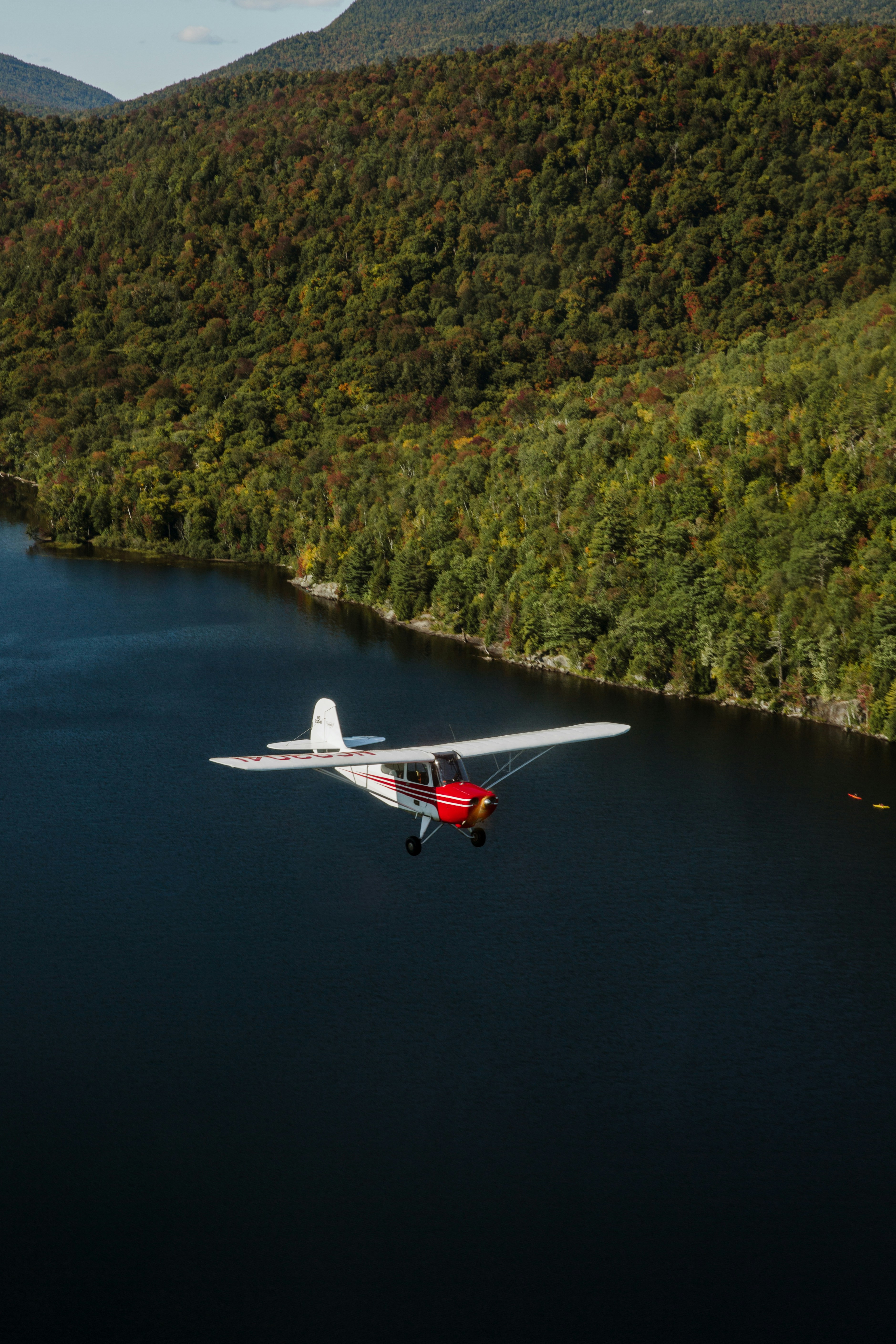
Flying Solo
Pre-Flight Brief
Just like any flight, you'll have a thorough pre-flight briefing with your instructor. This will cover the planned route, weather conditions, emergency procedures, and any specific instructions for your solo flight, though your first solo will usually be one circuit of the home airfield before landing.
Taxi and Take-off
Buckle up, follow your instructor's guidance during taxi, and then — it's all you! You'll experience the thrill of accelerating down the runway and taking off under your own command.
Flight Time. Once airborne, enjoy the breathtaking views and the feeling of accomplishment. Focus on maintaining smooth flight, following the traffic pattern and communicating clearly with air traffic control (ATC).
Landing. The most critical part! Remember your training and practice those smooth landings. Your instructor will be monitoring you closely from the ground, ready to offer assistance if necessary.
Post-Flight Debrief
Touchdown and Taxi Back. After a landing, taxi back to the designated area. Take a moment to breathe and savour the accomplishment.
Debriefing with Instructor. You'll have a debriefing session with your instructor to discuss your solo flight, highlighting areas performed well and any aspects requiring further practice. There's always room for improvement.
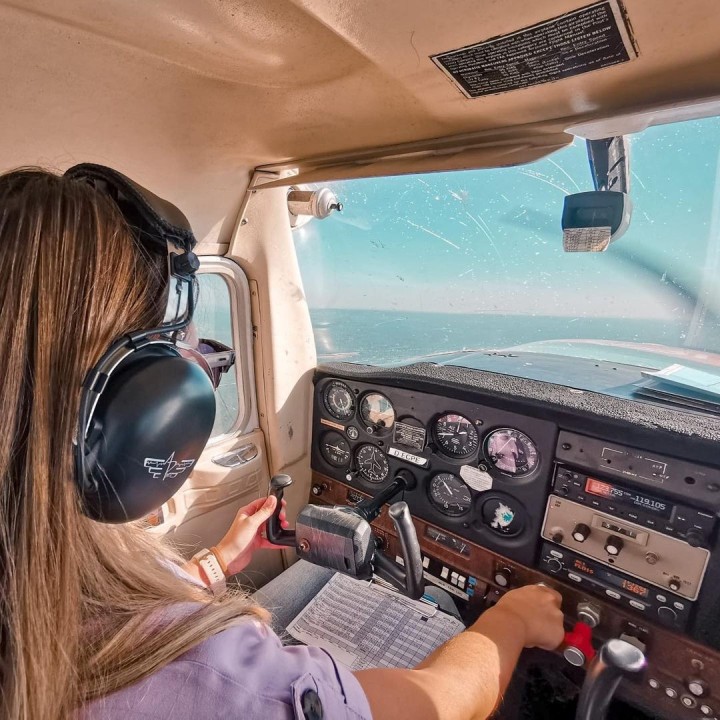
Top Tips For Smooth Solo
Gain Confidence Through Preparation. A thorough preflight inspection is essential for every flight, but especially your first solo. Stay proactive by preparing in advance: review checklists, acquaint yourself with airspace, and engage in chair flying to streamline lessons. Becoming comfortable navigating the checklist ensures you haven't missed any critical details. Spend time studying your aircraft's flight manual and procedures. Understanding the systems and limitations of your plane will boost your confidence in the cockpit.
Practice Makes Perfect. Visualise your flight path and rehearse key manoeuvres on the ground, including radio communication. This mental preparation will translate to a calmer and more confident experience in the air.
Traffic Pattern Precision. A well-established traffic pattern is essential for landing success. Practise maintaining proper altitude, speed, and communication during each leg.
Trust Instruments, Not Just Sight. While visual references are helpful initially, learn to rely on instrument readings for accurate altitude and position information. This allows you to adapt to unfamiliar airports seamlessly.
Tame the Pre-Flight Jitters. It's natural to feel a mix of excitement, nervousness, and maybe even a touch of disbelief on the big day of flying solo. But keep in mind that the instructor has meticulously assessed your skills and knowledge throughout your training. They wouldn't clear you for solo unless they have complete confidence in your abilities.
Communication is Key. Feel free to bring up any issues or inquiries you might have with your instructor. They are equipped to provide tailored guidance and help alleviate any worries you may be experiencing.
Safety First. Go-Arounds Are Your Friend Don't force a risky landing. If you're not in the ideal position for a safe touchdown, consider a go-around. Your instructor will be there to guide you through the process.
By putting the most effort into preparation and staying calm, you'll be well on your way to enjoying a successful and unforgettable first solo flight! You've worked hard to get there. Embrace the challenge, trust your training, and get ready to soar!
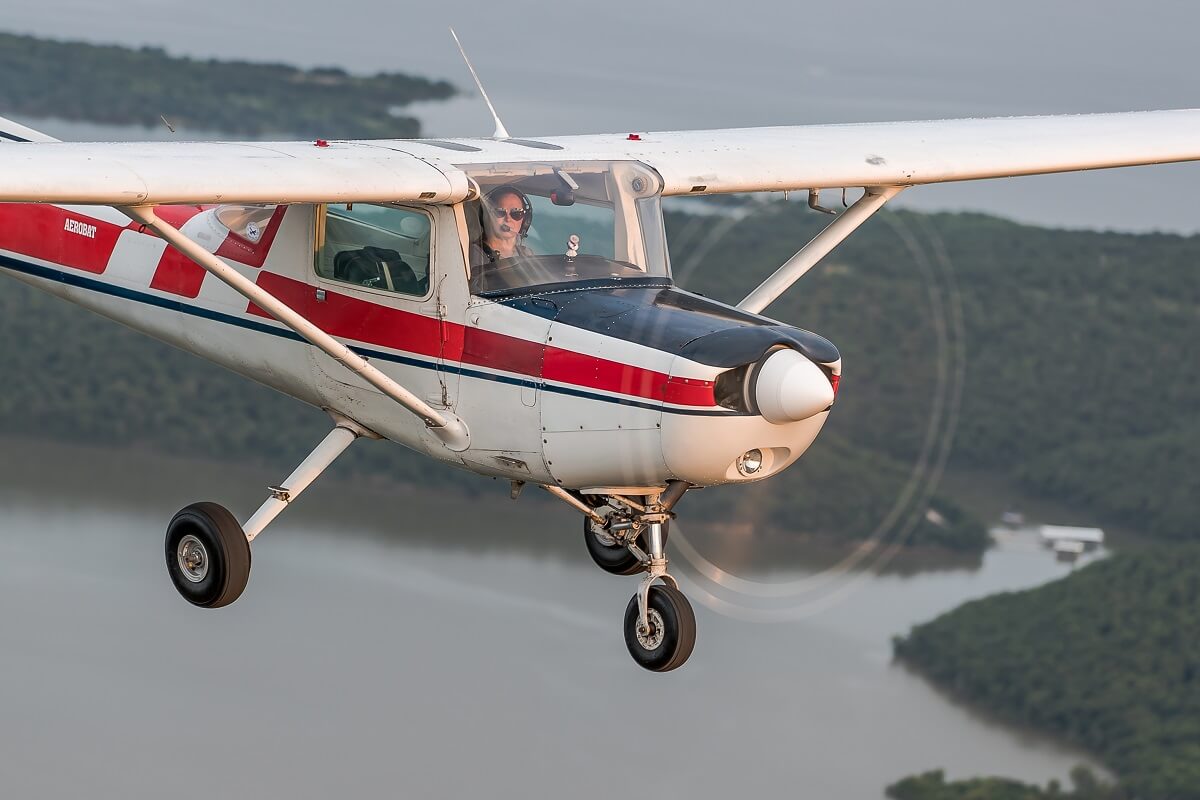
Solo Flight Q&A
How will I know when I'm ready to solo?
Your instructor will monitor your progress towards solo flight. As the time nears, intensive practice sessions will prepare you, with the instructor evaluating more and instructing less as you approach readiness. Trust your instructor's judgement and have confidence in your abilities. Avoid comparing your progress to others; everyone learns at their own pace. Establish a consistent schedule that suits you and stick to it for steady advancement.
How much wind is acceptable for solo flights?
Early solo flights are supervised by your instructor, typically on days with light winds and excellent visibility. Solo operations will have safe limits, including ceiling, visibility, and wind conditions.
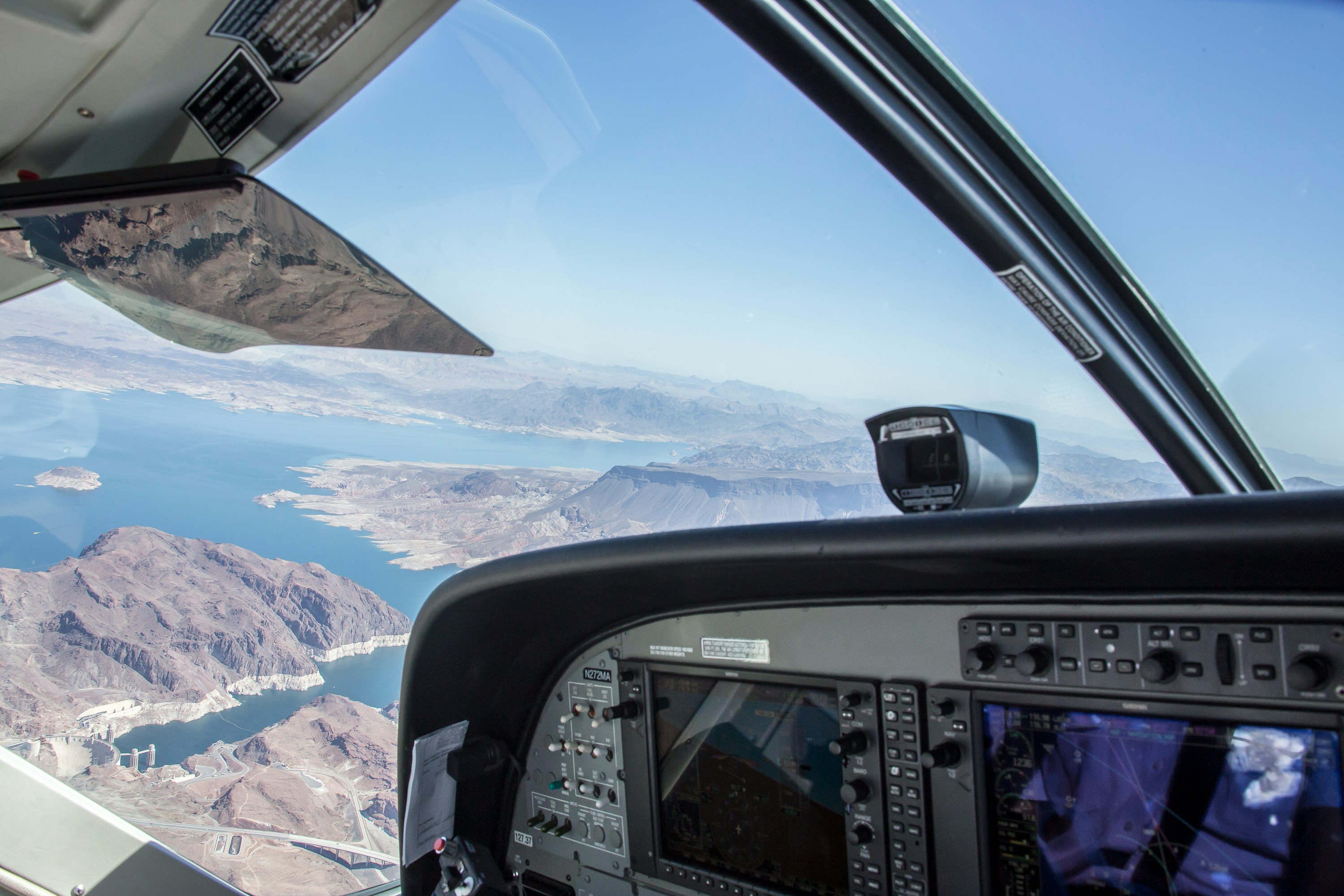
What's essential advice for solo flying?
Primarily, remember that if you're uncomfortable with a landing approach, opting for a go-around is the safest decision. Your instructor values safety-oriented decision-making.
How much sleep and preparation do I need before my solo flight?
Getting a good night's sleep (7-8 hours for most adults) before your solo flight is crucial. Being well-rested will enhance your focus, reaction time, and decision-making abilities – all essential for safe flying.
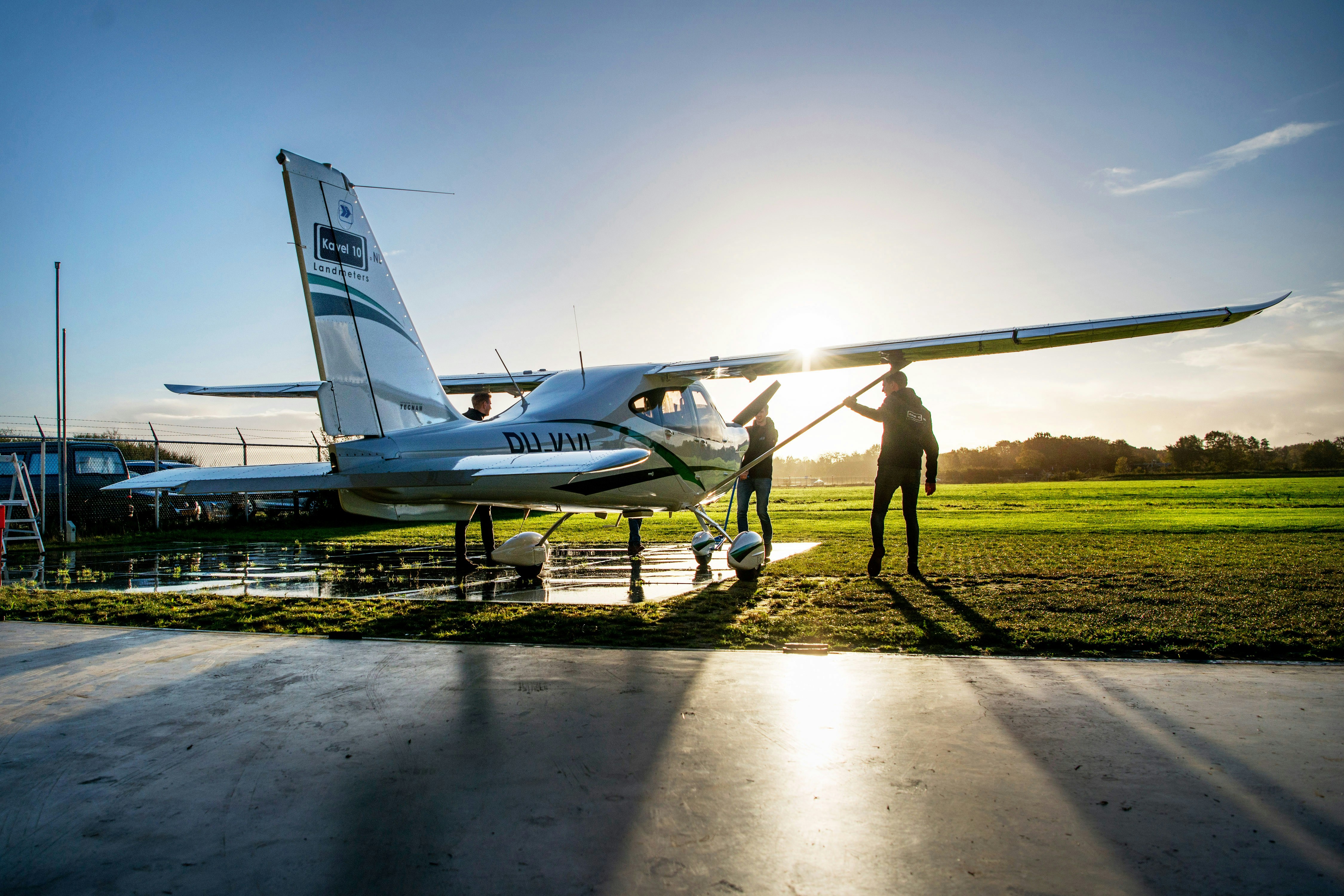
What happens if I make a mistake during my solo flight?
Mistakes happen, even to skilled pilots, especially during solo flights. The important thing is how you react to them. Your primary concern should always be maintaining a safe flight. Focus on keeping the aircraft stable and under control. Talk to ATC if needed and debrief with your instructor after landing safely. Explain what happened and what you learned from the experience.
How will my training progress after my first solo flight?
Solo flight experience boosts your self-reliance in the cockpit. You'll further practice take-offs, landings, and other procedures. Your instructor will likely introduce more complex manoeuvres, navigation exercises, and emergency procedures to further develop your flying skills. Additionally, you'll work towards completing your solo cross-country flights, which involve flying to different airports and navigating unfamiliar airspace.
This is just the beginning of your journey as a pilot!





